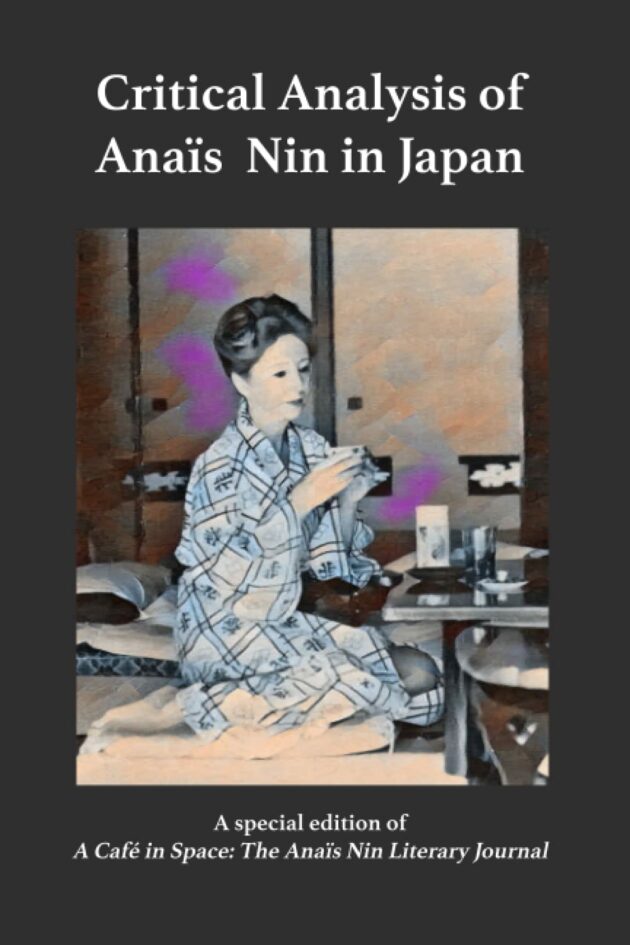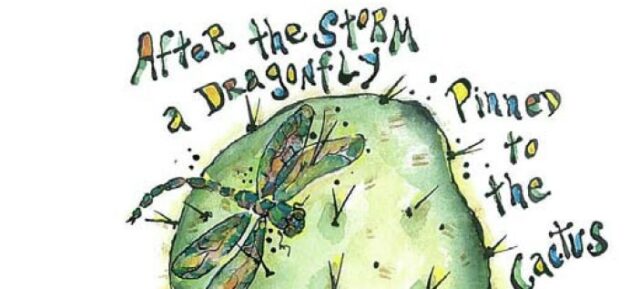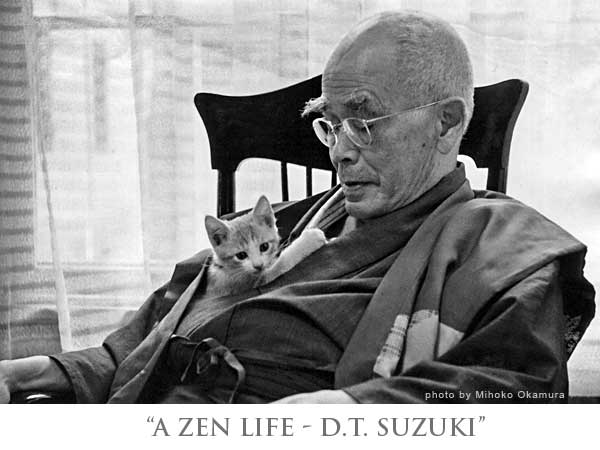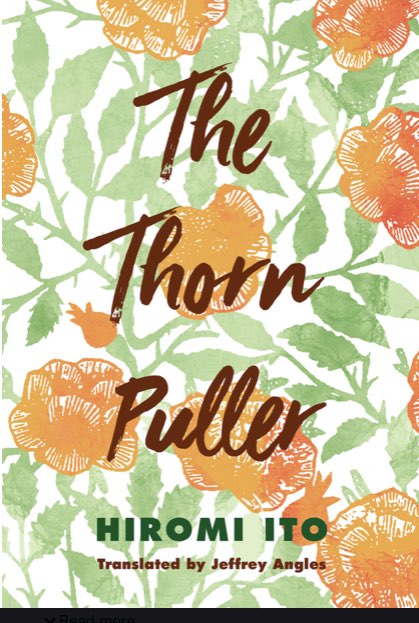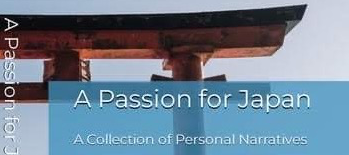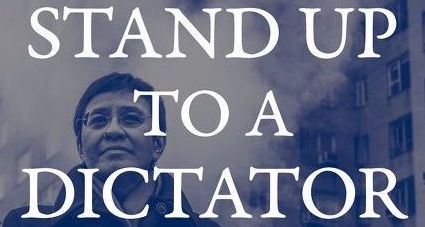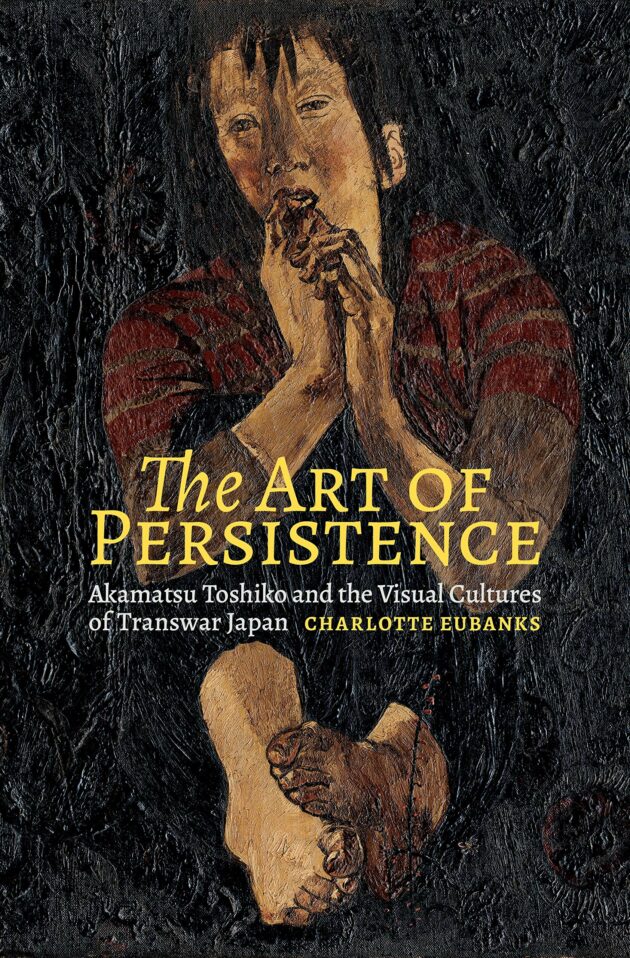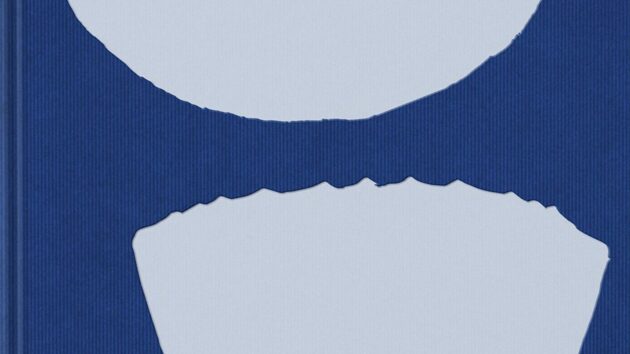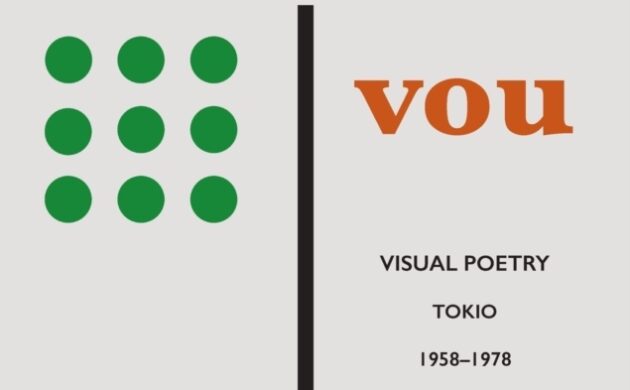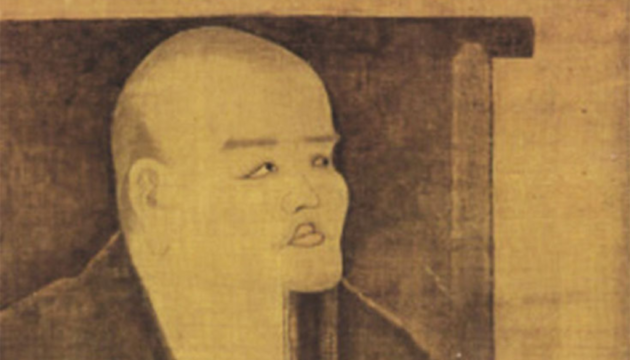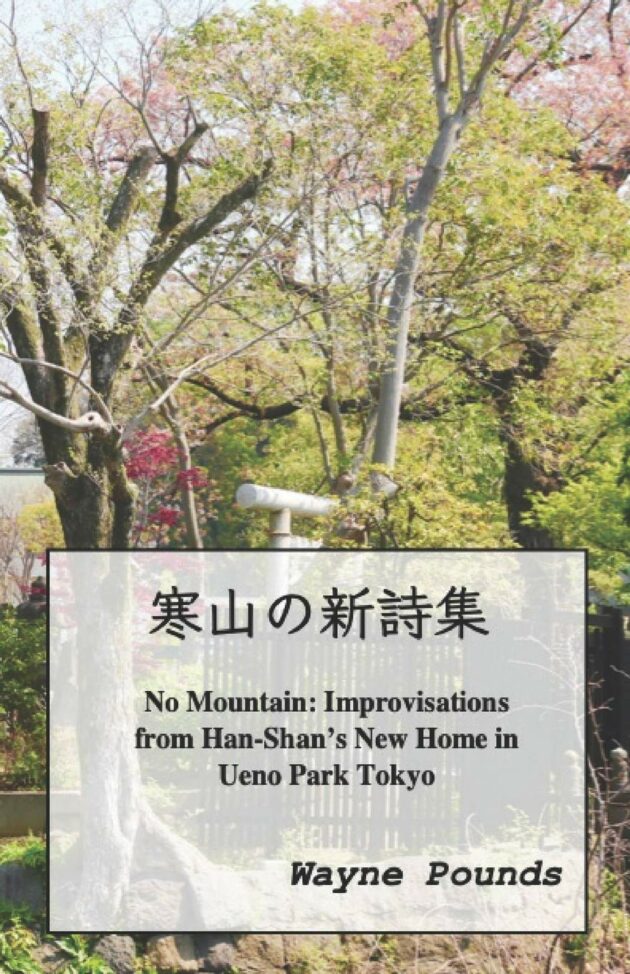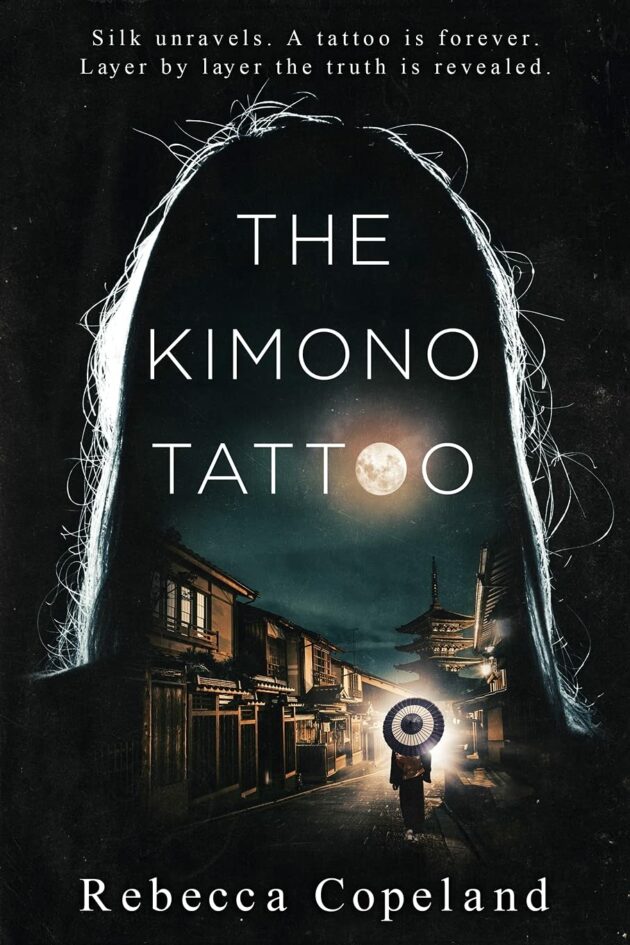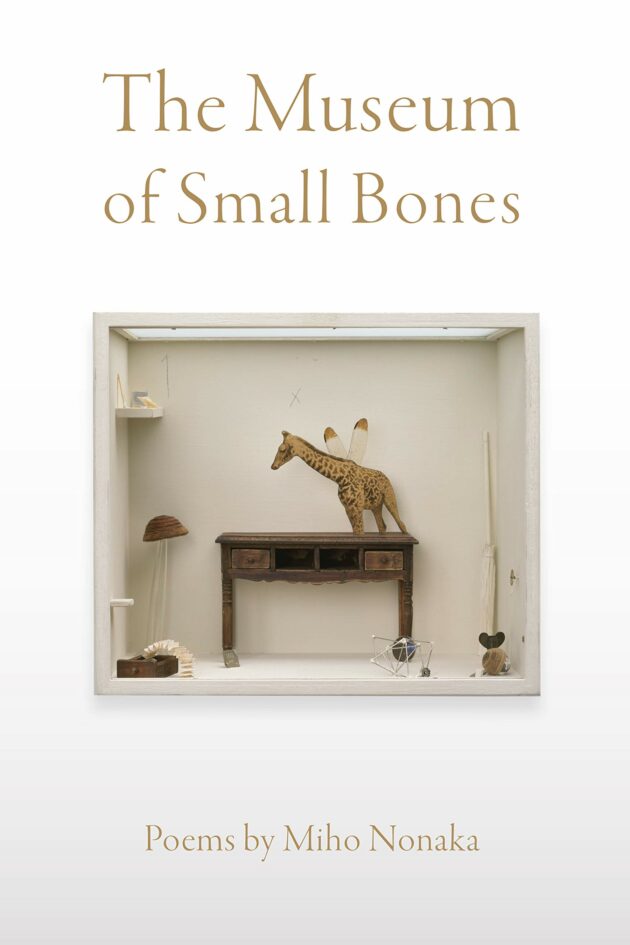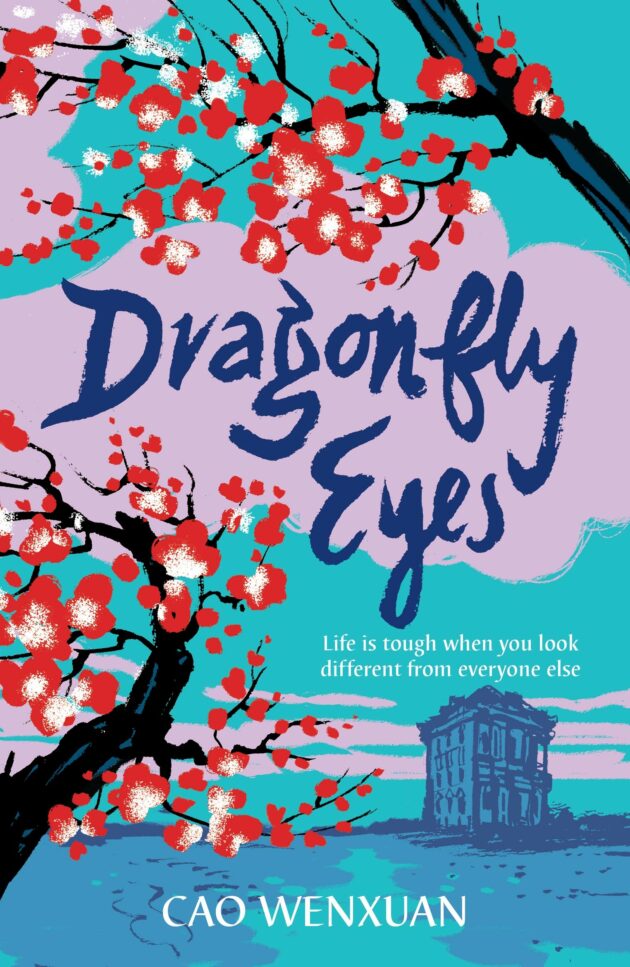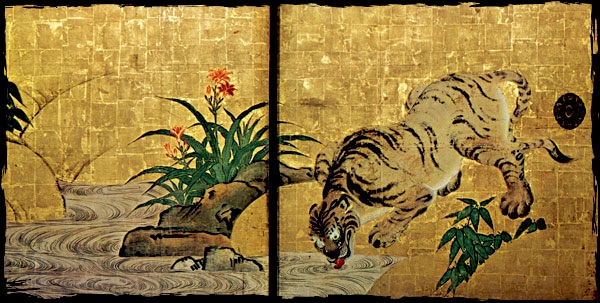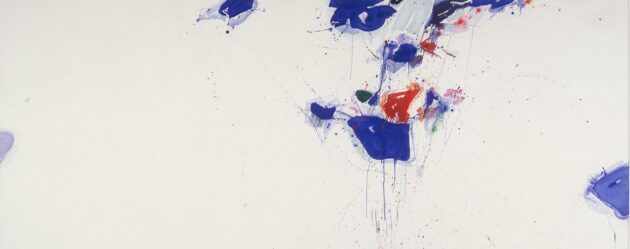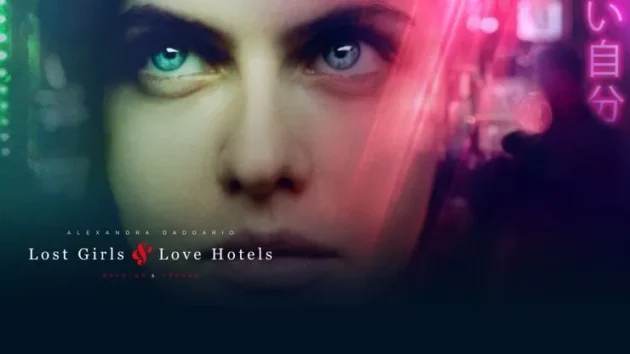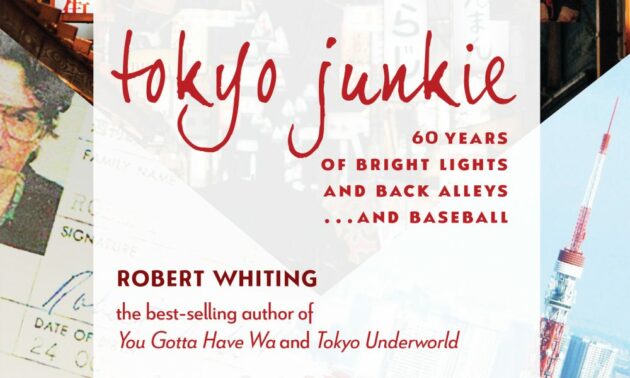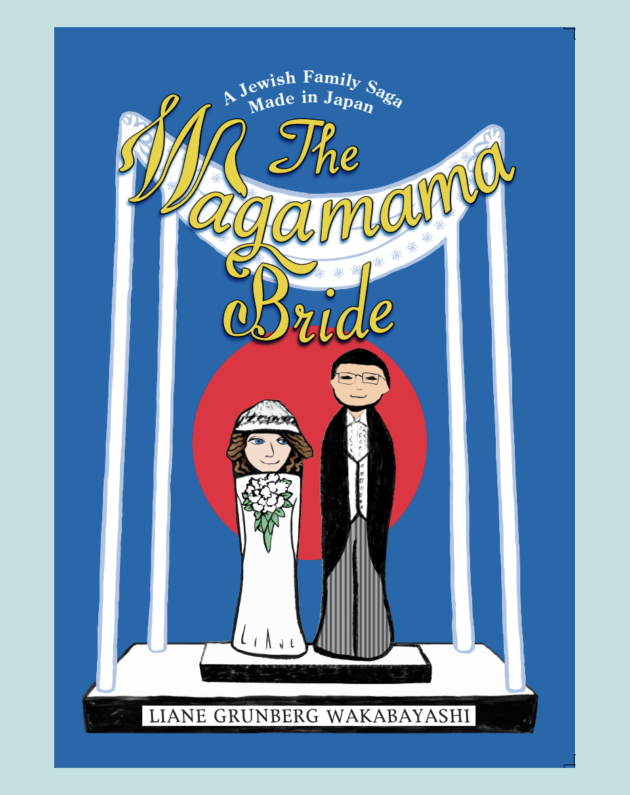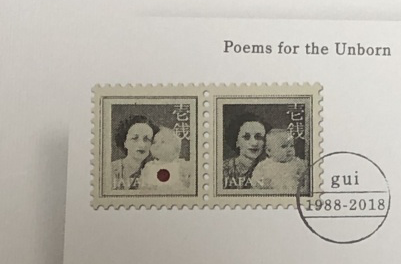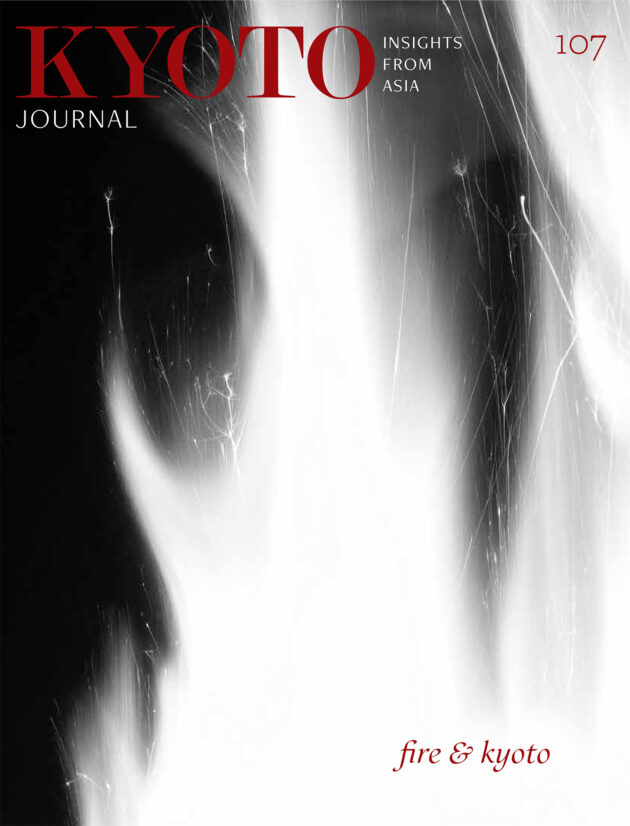FICTION, POETRY & REVIEWS
“In Japan,” the French-born American novelist and diarist Anaïs Nin writes in her Diary in the summer of 1966, “I had a weeping fit. The sweetness, kindness, consideration touched me. For once in my life I felt I was treated as I always treated people.”
Read MoreI live in the spare, high desert of the American Southwest, a land of apparent and often illusory emptiness, a blinding bowl of light that triggers one to write with an economy of words. The eye follows winding arroyos, mouse tracks, and blowing seed. The breath gathers momentum along ridges, faults, and prehistoric waterlines. Fossils scatter at the feet, clay shards glisten after a sudden rain.
Read MoreAs a Nowhere Man, Suzuki was the perfect catalyst for an emerging Western strata of neo-transcendentalists, heirs to Emerson, Thoreau, Whitman, yet burdened with a psychological stigma as America gazed West across the Pacific and envisioned an Asia in ruins.
Read MoreHiromi Ito’s remarkable work, The Thorn Puller, takes readers on a pilgrimage across time, space, and literary genres. First serialized between 2006 and 2007 in the magazine Gunzō as Thorn Puller: New Tales of the Sugamo Jizō (Toge-nuki Jizō: Shin Sugamo Jizō engi), the work won the Hagiwara Sakutarō Prize in 2007 and the Murasaki Shikibu Prize in 2008 before appearing as a single volume published by Kōdansha in 2011.
Read MorePart memoir and part manifesto, How to Stand Up to a Dictator is Ressa’s look back at her early life in the Philippines and the United States, a chronicle of her personal rise through the news industry as one of the most respected broadcast journalists in Asia, and her forward-looking call to action to save democratic societies from dying by what she calls “a thousand cuts” of intimidation and injustice that add up over time. The dictator in question here is as much Big Tech as it is Big Brother.
Read MoreToshi (1901-1995) is perhaps most famous for her anti-war activism and The Hiroshima Panels, a series of artworks on the aftermath of the atomic bombing, both of which she carried out in conjunction with her husband Maruki Iri. Given this legacy, it is all the more salient that in a late interview she called herself “a war criminal.” Toshi explained that during WWII she took commissions for children’s picture books glorifying the war. Though she did so to prevent from starving, she felt that this did not absolve her of her guilt. The Art of Persistence is about this tension between moral imperative and survival, not only during this particular time but throughout the whole of Toshi’s life.
Read MoreRobert Aitken, the late Zen priest of Honolulu’s Diamond Sangha, once wrote that “Drowsy contentment may be a condition close to realization. It is a kind of emptiness, of nondifferentiation, where the ten directions melt: inside and outside become one.”
Read MoreShe rested her arms, thick and fleshy, on the top of the half-wall, and cupped her face in her hands. Marilou often stood in the balcony at night to gather her thoughts. To take in the breeze, survey the expanse of the property, with its sprawling gardens, tennis courts, and playgrounds. Her room behind the kitchen was a square box with cream-coloured walls. It had barely enough space for a single bed and a cupboard. Twelve years in Singapore as a helper, and she had never really gotten used to the fact that her room here did not have any windows.
Read MoreWhether for a single poem, or a single-author collection of poems, inspiration is offered by different muses. It can come from a place and the history of that place; from a disease and all that living with a disease entails; from travel and the changing vistas that moving from place to place, history to history, presents; from poetic form: the shape that words and lines are given. Recent collections by four Japan-based poets are examples of books that grow from just these seeds.
Read MoreAn academic out of a job getting by as a translator in Kyoto is approached by a mysterious woman in a kimono who offers her a remunerative job translating a novel, chapter by chapter, as it is written. The ostensible author of the novel, long thought to be dead, is the disowned scion of a family that has been in the kimono business for generations; the novel describes a crime: the murder of a woman with a full-body tattoo designed to look like a kimono.
Read MoreIn the museum we find relics or remnants or fragments of stories that are not disowned or abandoned; they are contained, enshrined. As readers of Miho Nonaka’s The Museum of Small Bones, we encounter exhibits of a different, ancient ilk. A native of Tokyo, and educated at Harvard and Columbia, among other universities, Nonaka is a bilingual poet/translator who teaches at Wheaton College in Wheaton, Illinois. In this poetry collection, due to her self-confessed restlessness, she pushes forward by small moves, a time-honored tradition.
Read MoreNovels like Dragonfly Eyes and the acclaimed Cao/Wang title Bronze and Sunflower—also set during the Cultural Revolution, in the countryside—show hopeful struggle amid tragedies playing out in a past so vivid, it could be now. Which is why we need it now. We need its way of storytelling and seeing.
Read MoreMa is a favorite topic of Kyoto Journal contributors. The two books under review, companions to site-specific exhibitions presented by the Los Angeles County Museum of Art (LACMA), are overflowing with ma in reproductions of 20th-21st artworks created by artists from East Asia and beyond in a variety of media. The two beautifully printed, these large-format full-color volumes include essays by art historians, curators and other scholars, as well as in-depth artists’ biographies and a sense of the dynamic cross-cultural milieux in which they lived.
Read MoreWilliam Olsson’s adaptation of Catherine Hanrahan’s semi-autobiographical novel Lost Girls & Love Hotels (September 2020) is a visceral inquiry into trauma, survival and the people who help us see the light at the end of the tunnel.
Although the main character, Margaret’s (Alexandra Daddario) background remains elusive, cinematographer Kenji Katori conveys the duality of her frame of mind through shifting surroundings, offering a riveting sensory experience.
The city Robert Whiting stepped into in 1962 bore little resemblance to the urban utopias of its ambitious future architects and town planners. The capital’s long-suffering residents stoically put up with contaminated rivers, suspect tap water, the extraction of night soil by suction trucks, and legions of rats. In the short interim between the end of the war and the author’s arrival, Tokyo’s hastily created, prefabricated structures were already in an advanced state of decomposition. Surveying the broken, odiferous city, ravenous crime groups, known as yakuza, closed in like hyenas…
Read MoreIt has been common for several decades for Westerners in Japan to seek enlightenment and spiritual comfort in Buddhism and other Asian religions. It’s a well-traveled road, but Liane Wakabayashi’s path to spirituality in Japan, as depicted in this book, is unique. A native New Yorker and a not-strictly-observant conservative Jew, Liane Grunberg (later Wakabayashi) first came to Japan to cover blockbuster art exhibitions held in department stores for a Conde Nast magazine in 1985 and then again in 1987. She lost her return ticket the second time and ended up staying…
Read MoreBest known as a “Japanologist” (a term he might reject) for his critical study Shredding the Tapestry of Meaning: The Life and Poetics of Kitasono Katue, John Solt is less known for his poetry. This collection, Poems for the Unborn, lovingly, methodically, assembled and presented here bilingually in hardcover, a coup of book design by Tetsuo Haketa, is drawn from the contributions Solt has made over 30 years to the private coterie organ, gui, an ongoing journal based in Tokyo.
Read More
